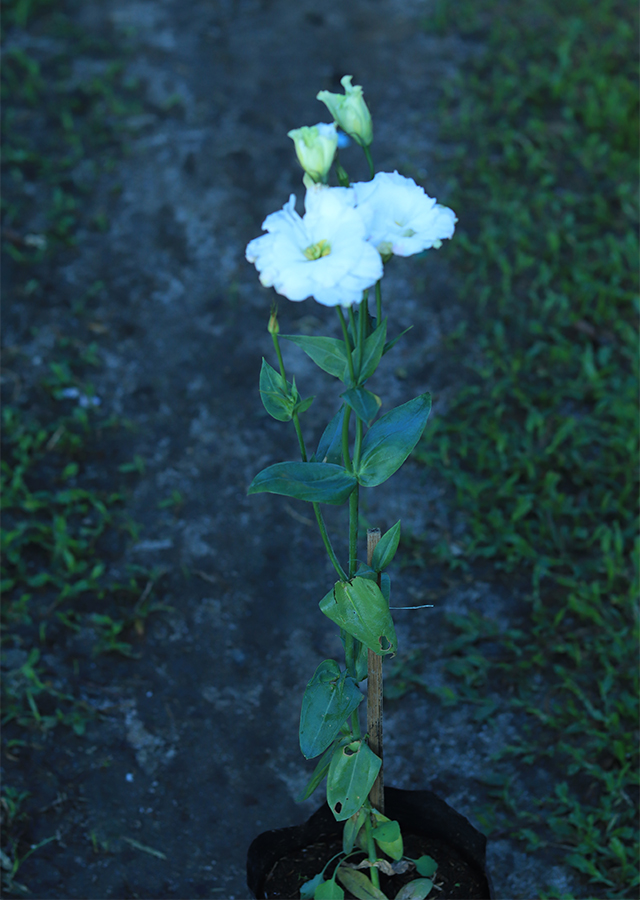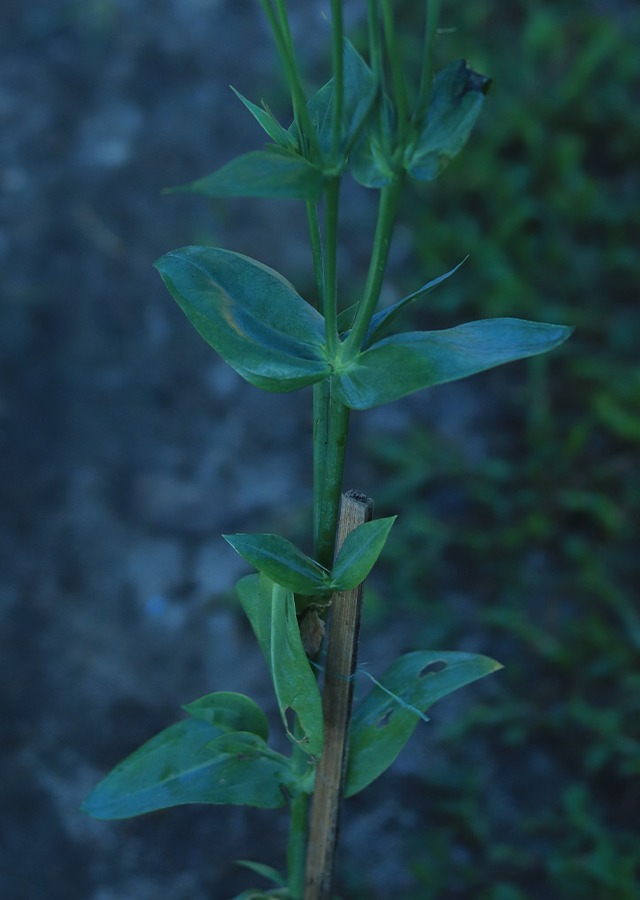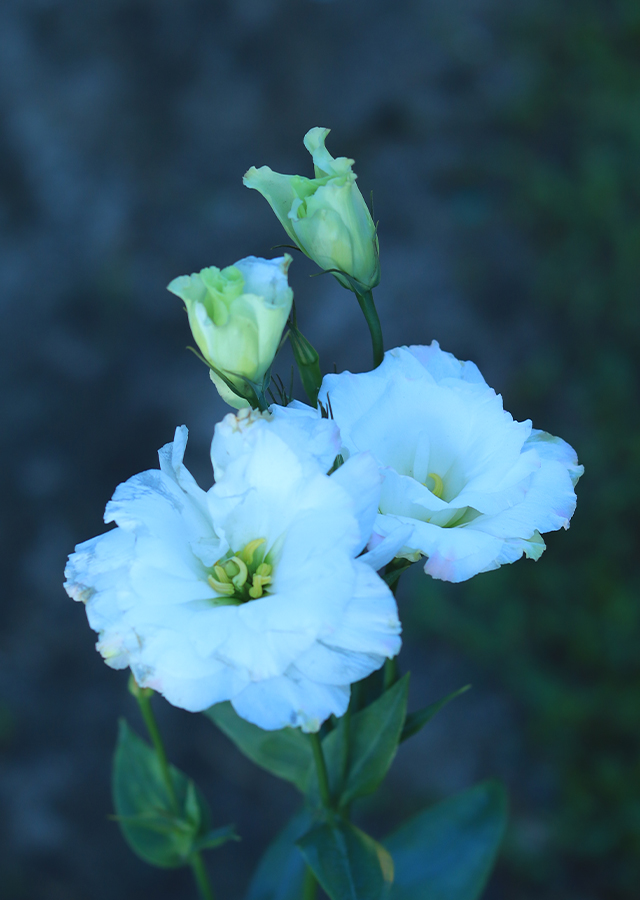Traditional Herbs from Eustoma grandiflorum
intestinal_disease
- Take enough fresh lisianthus flower plant, wash it thoroughly.
- Crush it until it becomes a paste.
- Squeeze out the water.
- Drink, this concoction\u00a0can be used as an antibiotic against dangerous diseases that produce disease intestines.
What is Eustoma grandiflorum Looks like??



Parts of Eustoma grandiflorum that could be used
- All Parts of the Plant
Eustoma grandiflorum Distribution
Lisianthus flowers originate from the southern part of the United States, spreading from Nebraska to Louisiana and Mexico. This plant has high economic value and can usually be used as cut flowers and potted plants. The flower shape resembles a rose with variations in size and color, and has a shelf life of up to 6 weeks with the administration of complex thiosulfate and sucrose. Lisianthus flowers are widely cultivated in Pasir Sarongge, Cipanas-Cianjur and Cihideung-Bandung, West Java, Batu-Malang, East Java, and Baturiti-Tabanan, Bali. E. grandiflorum has a set of pharmacologically active compounds and can therefore be a valuable therapeutic ingredient, or can serve as a source of pure chemical compounds, apart from its decorative use.Agroecology of Eustoma grandiflorum
Lisianthus flowers can grow in all types of soil on soil that has a pH of 6.5-7 and a soil temperature of 15 ºC. Moist, well-drained soil in full sun.
Morphology of Eustoma grandiflorum
- Fiber roots which are composed of small fibrous roots in the form of threads.
- The stem of the plant is round with the same size from base to tip with a smooth, green surface. The direction of growth of the stem is perpendicular and forms branching branches.
- Leaves have a sit (sessilis) which consists of thin, soft leaf blades that are directly attached or sit on the stem without a stalk. Based on the arrangement of the leaf bones, lisianthus leaves are among the leaves that have curved bones lisianthus, that is, at the node of the plant there are two leaves facing each other and at the next node the two leaves form a cross with the previous or following leaves.
- Flowers have various colors, namely, purple, pink, blue and white The appearance is almost the same as a rose. The lisianthus flower is a complete and perfect flower. The flower stalk has a round cross-section and is green like the main stem. The base of the lisianthus flower is flat, that is, the flower part sits at the same height above the base of the flower. The lisianthus flower crown has a regular symmetrical nature with the arrangement of the crown leaves forming a bowl. The stamens as the male genital organ consist of a green pollen stalk and anthers which are yellow to brown and the entire surface is filled with yellow pollen. The pistils are green and there is only one on each stalk. The ovary sits on the base of the flower so that the side of the ovary is not attached to the base of the flower. The pistil stalk is larger and longer than the sari stalk, so the position of the stigma is slightly higher than the sari stalk.
Cultivation of Eustoma grandiflorum
Lisianthus can be propagated vegetatively or generatively. Vegetatively, this plant is propagated by cutting. However, this method generally requires a lot of energy and time with limited results, whereas plants are generatively propagated using seeds. This method is also rarely used because of low seed production and seed germination.
Eustoma grandiflorum, more details :
Chemical Content of Eustoma grandiflorumXanthones, secoiridoids, and flavonoids.
Benefits of Eustoma grandiflorum
Treating intestinal diseases. Has anticancer and bacteriostatic activity, as well as pharmacological and antiamoebic properties
Simplisia of Eustoma grandiflorum
Another Facts for Eustoma grandiflorum :
Synonym of Eustoma grandiflorumEustoma andrewsii A.NelsonEustoma gracile Engelm. ex SmallEustoma russellianum G.Don
Habitus of Eustoma grandiflorum
Herb. Annual or biennial herb, reaching 60-100 cm in height.
Habitat of Eustoma grandiflorum
- Mainland
No comments:
Post a Comment